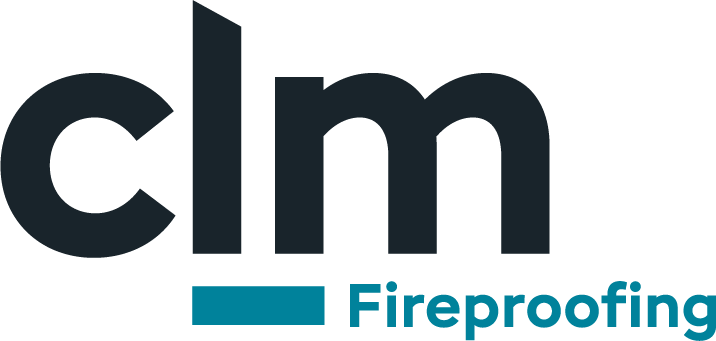Cementitious Fireproofing
Cementitious fire protection provides fire resistance to various structural building elements. Our teams apply cementitious coatings in multiple layers, forming a robust barrier. Once applied, this non-reactive coating reduces heat transfer and offers protection to the structure in the event of a fire.


How does cementitious fireproofing work?
This protection applied to structural steel elements provides a protective layer between the fire and structural member. The duration of protection offer is up to 240 minutes.
Cementitious systems are durable and can be easily applied to hard-to-reach contours and gaps. This makes cementitious coatings the preferred form of structural protection in industrial environments such as the oil and gas industry.

Applying cementitious fireproofing for steel
Cementitious coatings are applied via trowel or spray. There are commercial benefits to applying cementitious coatings compared to other products such as intumescent paint. Firstly, surfaces often do not need to be prepared for the application of cementitious materials. This reduces the cost and waste traditionally associated with methods such as shot blasting. As well as this, once the desired thickness of the cementitious materials has been determined, the application process is quick and effective.
Our team of specialists can apply cementitious fire protection as part of a wider passive fire protection package. They will always work with the utmost professionalism and compliance with the latest fire protection regulations. The protection applied can also be followed with an aesthetic finish, if desired, either trowelled, profiled or boxed.
Frequently Asked Questions
What are cementitious coatings usually used on?
Cementitious sprays are most commonly applied to structural steel, although also used to increase the fire ratings of concrete slabs.
What is the difference between cementitious and intumescent fireproofing?
Whereas cementitious fireproofing results in a thick, fire-resistant barrier, intumescent paint forms a thick carbonaceous char when exposed to high temperatures.
From a compliance perspective, the two methods are equally valid. However, there are marked differences in how they are applied and the equipment required.
Intumescent paint is also more advanced from a technical point, but this does not mean cementitious fireproofing is obsolete. Cementitious coatings not only offer and meet fire requirements in many instances but are also cost-effective given their composition of materials.

